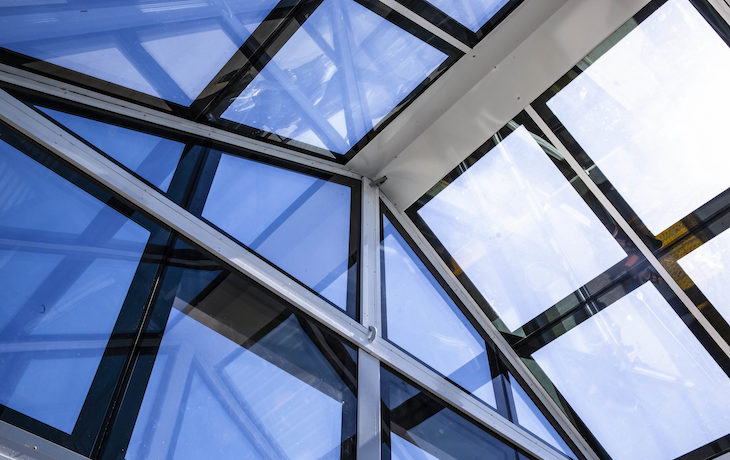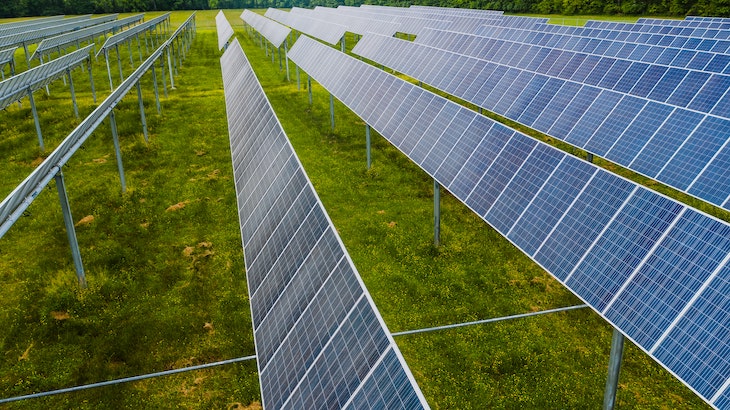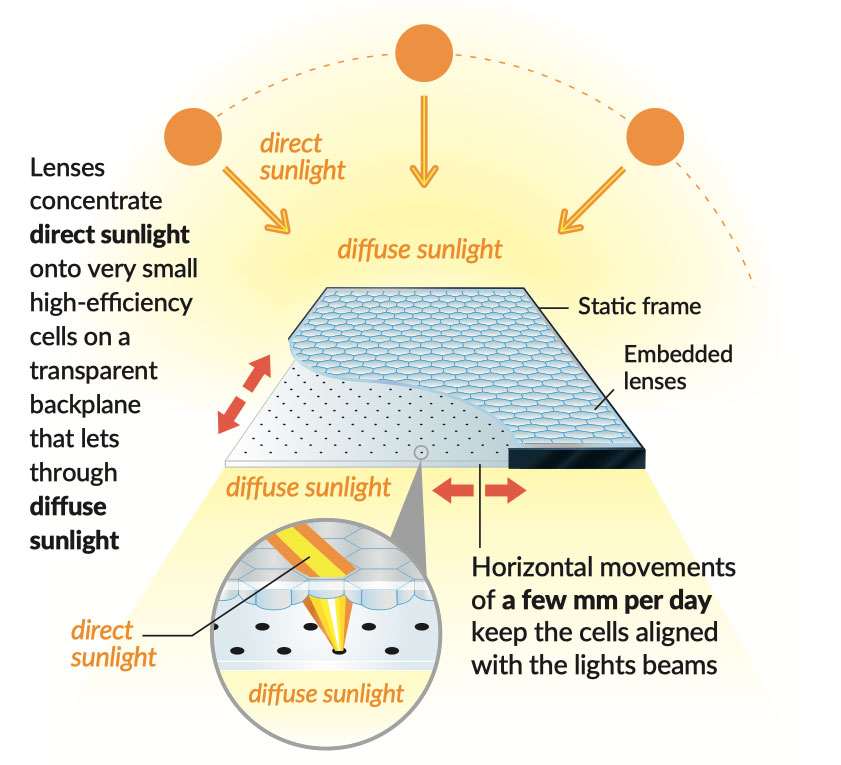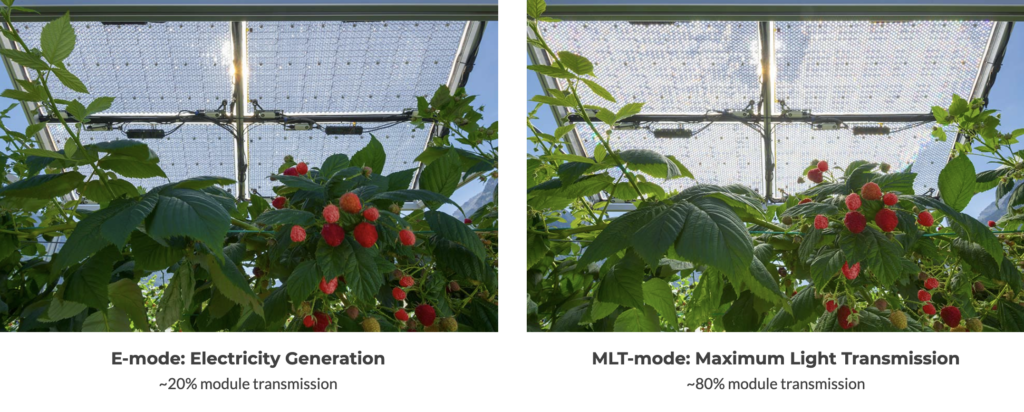Solar adoption continues to grow. The gear needed is still relatively large, though, requiring dedicated space on something like a rooftop.
Innovators around the world have been working on ways to avoid that problem. Some take the approach of building solar panels into existing flat surfaces, such as roadways and Tesla roofing tiles.
The idea of transparent solar panels is exciting because you could turn every window (or even phone screen) into an energy-generating surface. How cool would that be?!
Over the years, we’ve seen various news headlines and viral stuff on social media about some breakthrough in transparent solar — only to then learn it was overhyped or too early in development.
So what’s the status of the transparent solar industry? Are we close to it being real — or is it one of those future tech things that sound great in sci-fi but won’t happen in our lifetime?
Summary:
- Transparent solar isn’t at the point where you can buy panels off the shelf, and residential applications may be years away
- The technology is proven to work, but is only about half as efficient as traditional solar
- Research teams around the world are working on transparent solar, with some degree of commercial success
- Most transparent solar panels in use today are found in commercial and experimental settings
- With the exception of an experiment in Korea, transparent solar panels are not completely transparent, and there are tradeoffs between transparency and power production
- Despite a lack of total transparency, studies have shown that transparent panels are suitable for growing plants in greenhouses
- An alternative and less-experimental approach is solar panels embedded in window blinds
Transparent solar in theory
For those with even a vague knowledge of how solar panels work, the concept of a transparent solar panel might seem absurd. Solar panels absorb solar energy and convert it into electricity. How can a panel simultaneously absorb solar energy while allowing it to pass through?
The concept is simple: capture the invisible UV spectrum while letting the visible spectrum pass through.
While it would be impossible for such panels to be as efficient as opaque panels, researchers argue that since transparent panels could replace existing windows, they could make up for the inefficiency with volume. It’s estimated that there are 5-7 billion square meters of windows in the United States, with 2.5 billion additional square meters of glass installed every year around the world.
But the reality is thornier, and many techniques have been developed by teams around the world to engineer that seemingly-simple concept.
Ubiquitous Energy
In the United States, two men are largely identified with the development of transparent solar tech: MIT professor Vladimir Bulović, and Michigan State University professor Richard Lunt, who began research at MIT before moving to Michigan. Lunt demonstrated the technology at MSU in 2015.
The two (along with Miles Barr) co-founded Ubiquitous Energy to capitalize on the technology. The company boasts of having the only truly transparent solar panels in the world, but even then, they are only 40-80% transparent, with up to 10% efficiency (the best solar panels today have about 23% efficiency).
Despite being in business for a decade, Ubiquitous Energy has only two installations in its public portfolio: at its own headquarters in Redwood City, California, and at the NSG Pilkington Facility in Northwood, Ohio. The company tells me there are a few more installations that will be announced soon, including one at a major landmark.
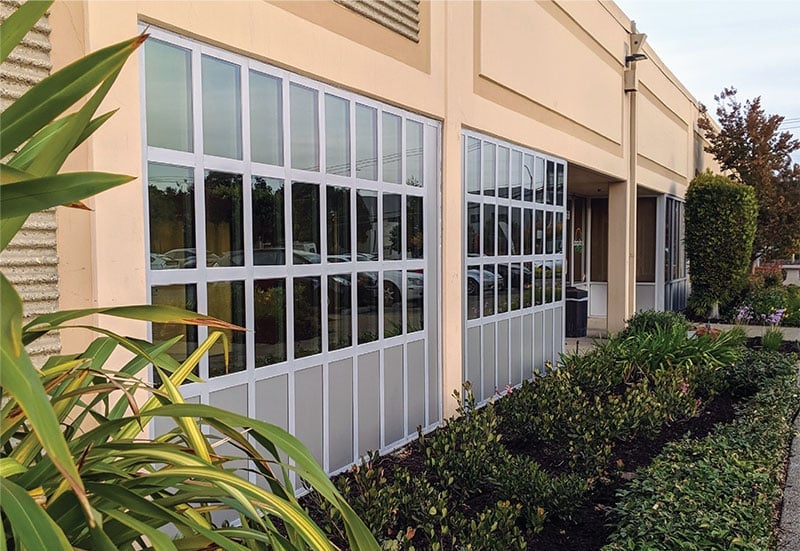
NSG Group (short for Nippon Sheet Glass Co. Ltd.) is one of the world’s largest manufacturers of glass and glazing products for commercial applications. In 2019, Ubiquitous Energy and NSG formed a partnership to integrate UE’s ClearView Power solar coating into architectural glass.
The partnership makes sense, given that NSG’s Pilkington subsidiary makes, among other things, glass for solar panels and solar control glass, which shields building inhabitants from direct sunlight. Ubiquitous Energy just announced a partnership with Antamex to add solar glazing to architectural windows.
ClearVue Down Under
On the other side of the world, a firm called ClearVue in Australia has more publicly listed installations and specifics. It works similarly to Ubiquitous Energy’s model: a film sandwiched between layers of glass directs light to solar cells in the window frame.
If you’re in West Perth, you can visit ClearVue’s showroom and see the clear panels in action.
ClearVue’s windows have been installed in universities, luxury villas, and most notably the Warwick Shopping Centre Atrium, where ClearVue says it generates about 1.6 kWh per day from 25 square meters of window. And that’s after battery and DC-to-AC losses have been factored in, which is pretty impressive.
ClearVue admits that a 22% efficient traditional solar panel, assuming optimal placement, generates six times more energy than its clear panels. ClearVue windows cost about $400 per square meter (in American dollars), not counting framing and installation.
By comparison, non-solar low-E windows cost about $14 per square foot in the United States. There are about 10.8 square feet in a square meter, so to cover a square meter in typical low-E would cost about $150 or about $250 less per square meter than ClearVue. ClearVue says that the extra cost can be recouped in as little as a year, and the panels last about 20 years.
A fully transparent panel from Korea
Earlier this year, Professor Joondong Kim of Incheon National University announced a new breakthrough in transparent solar technology: a fully transparent solar panel. Professor Kim’s approach embeds titanium dioxide or nickel oxide directly in the glass to absorb solar energy. Both have high optical transparency. Titanium dioxide is already used in solar cells and is environmentally friendly, while nickel oxide is abundant enough for cheap production.
Since the panels are fully transparent, Professor Kim hopes that the cells could be integrated into phone screens. However, commercial applications are likely years away, and the cells only have 2.1% efficiency. Impressive given their transparency, but a phone doesn’t have as much glass as a skyscraper, so it’s uncertain how much of a difference the panels would make for battery life.
Swiss solar greenhouses
One of the most interesting startups working on transparent solar is Swiss firm Insolight, makers of the THEIA agrovoltaic panels. Insolight boasts of having the most efficient translucent photovoltaic module in the world, with up to 30% efficiency. That’s due to Insolight’s unique hexagonal lenses that concentrate sunlight.
The THEIA panels are intended to be used in greenhouses, and have two modes: E-Mode, which produces power and transmits diffuse light, and MLT-Mode, which is 78% transparent but produces no electricity. So Insolight’s approach has a clear tradeoff (no pun intended).
You may be wondering if transparent panels that soak up ultraviolet and infrared rays offer enough sunlight for crops. Research out of North Carolina State University indicates that yes, they can, at least in areas with sunlight to spare.
An alternative approach: solar blinds
What if transparent solar panels are solving the wrong problem? Ukranian firm SolarGaps is taking an alternative approach: solar panels embedded in window blinds. The company claims that one square meter of their blinds can generate up to 100 watts of power in one hour.
SolarGaps has photos of its blinds installed all over Europe, including in Barcelona’s World Trade Center. Unlike the other companies listed here, you can request an online quote and actually order product from SolarGaps. A 33×33-inch window blind (the form says 30×30 is the minimum, but it’s actually 33×33) costs about $700 (minus inverter and shipping) and generates 74 watts of power every hour.
